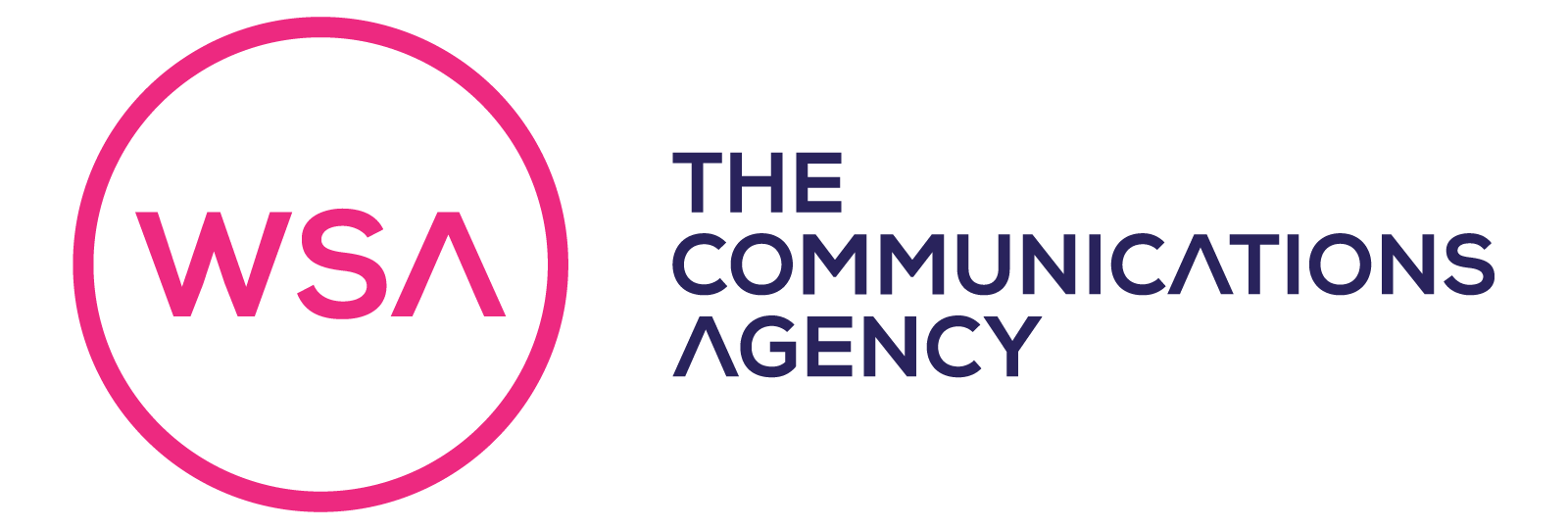In the modern world, where marketers and their audiences are engaged and immersed in social media, it is important to understand how you can catch the attention of the user by using images and videos. It sounds simple enough, but with your competitors doing the same, how can you stand out?
Benefits of using images

The advantage of infographics
Reading long articles isn’t the only way to absorb valuable information. Key facts and statistics can instead be adapted into visual manors such as infographics, which is much more digestible and stimulating for the user. It’s also a no brainer that having a great colour palette and range of icons and images is much more appealing than black and white text.
Quick to create
If you have an adequate budget and a good amount of time, then videos can be a great source of engagement. However, if you are short of time and have to work with the resources you already have, then you can easily create something innovative and eye-catching using tools such as Canva and PicMonkey. These sites allow you to create designs using a wide range of fonts and access to photo frames, animations and even templates if you need assistance.
You can have multiple image posts
When using images in posts, you don’t have to just post one. Social media channels like Instagram have popularised carousel images posts and users are used to seeing a few images at a time. Using multiple images in your posts allows you to tell a story in a visually creative way whilst also being able to provide various information, e.g showcasing a variety of products. Multiple image posts have also proved for more engagement and reach, as seen in this study by Page Lever.
When should I use images?

Overall, images are best used to complement text-heavy posts, such as to promote a blog post. By doing this, you are quickly grabbing the attention of your audience and can entice them in and encourage them to click through to the URL included in the social media post. It is important to remember also to not always include lots of words in the image because the user is not going to stop and read it as well as taking in the creative itself.
Benefits of using video

Great way to deliver long messages
If you have an announcement that would be a page read, it can be quicker to say it aloud in a video. The ideal length for a longer video giving information is 2-4 minutes, which for users who have trouble reading or busy schedules is much quicker. This also saves relying on the user to click through to a landing page and read what you have to offer. By giving all of the relevant information in a video on their feed, it is easier for the user to find out what you have to say. In most social media feeds, videos play automatically, which also benefits you and it means you don’t have to rely on the user stopping and clicking on your video to find out what you’re about.
Short snippets are also a great asset
Video snippets are great for providing short and snappy information to your audience via social posts. You can also use this method to showcase campaign teasers, teasers or sound-bytes leading audiences to find out more by watching the full video on your website or YouTube channel.
Covers visual and audio
Video has the dual benefit of having both a visual and audio aspect covered. This is particularly advantageous for those who are visually impaired and can instead listen to what you have to say, and alternatively adding closed captions to the video allows those with hearing issues to enjoy your video too. Need help with how to master closed captioning? Read more here.
When should I use video?

Videos are a fantastic way to deliver a long or complicated message without your audience having to stop and read it, whilst short videos are great for delivering snippets of information or trailers. The advantage of videos being suitable for visually and audibly impaired users also makes it inclusive to all of your audience. Video also allows you as a brand or organisation to showcase who you are, what you stand for and why others should take notice of what you do.
Using engaging images and video content continues to be successful across all social media channels and knowing when and how to use them puts you at an advantage for getting noticed on a user’s feed. Want to discuss more about how to incorporate engaging content within your social media strategy? Check out our Digital Marketing case studies or contact us to see how we can help you accelerate your social media presence.
